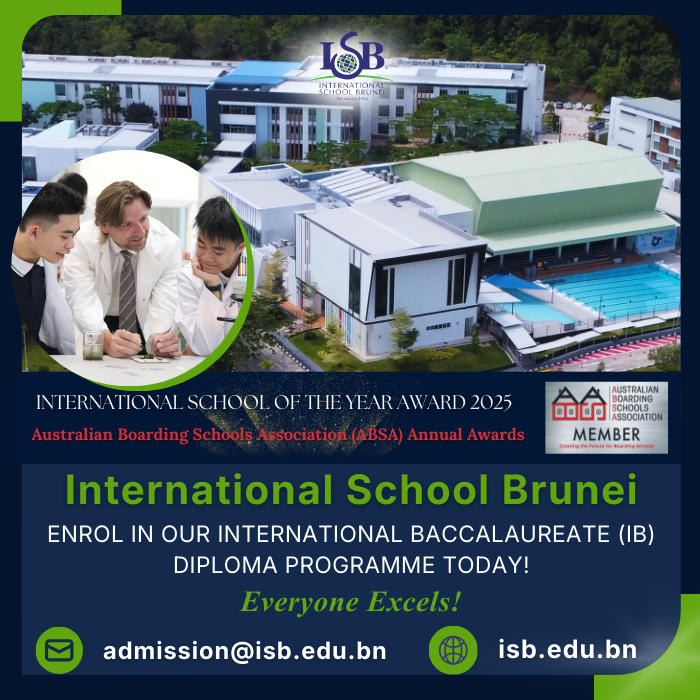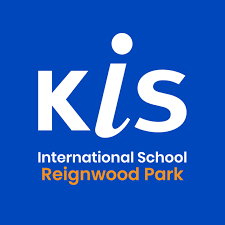Thailand is one of the few countries in the world that has never been colonised by Western powers. Therefore, the country’s school system has developed locally with a strong focus on Thai culture and values. However, Thailand started to modernise its school system by infusing elements of Western education models in the early 19th century, especially when it comes to higher education. Currently, Thailand’s school system is a result of the reforms introduced by the 1999 National Education Act. Thailand’s national curriculum consists of eight core subjects — Thai language, mathematics, science, social studies, religion and culture, health and physical education, arts, careers and technology, and foreign languages.
Current Structure and Format
In Thailand, optional preschool education is offered from the age of three. Compulsory schooling starts at primary level, also known as Prathom Suksa, from the age of six. Secondary school education, also known as Mathayom Suksa, is divided into lower and upper secondary, and is compulsory until the age of 15. In a nutshell, nine years of basic education offered in Thailand — six years of primary school and three years of lower secondary school. Generally, the Thai academic year begins in May and ends in March. There are holidays in March and April as well as a break in October. Normal school hours in Thailand are 8:30am to 3:30pm.
Thailand Education Facts
Thailand is home to more than 30,000 educational institutions and over 20 million students. There are approximately 45,000 pre-primary schools in Thailand. In addition, there are over 30,000 primary and lower secondary schools whereas the number of upper secondary schools is over 2,600.
At primary school, students are taught a curriculum based on the “Basic Education Core Curriculum of 2008”. They will also sit for two national examinations during their primary school years and will be granted the Certificate of Primary Education upon passing those exams. On the other hand, lower and upper secondary students must achieve 41 credits in core subjects, where one credit is equivalent to 40 hours of classes per semester. Students are assessed at the end of Grades 9 and 12 via the National Institute of Educational Testing Service’s Ordinary National Education Test (O-NET). The Certificate of Lower Secondary Education, also known as Matayom 3 or MS 3, will be awarded to Grade 9 students whereas upper secondary school graduates are awarded the Certificate of Secondary Education (Matayom 6 or MS 6).
Private and Public Schools in Thailand
According to the International School Consultancy (ISC), there are 170 international institutions in Thailand which comprise international schools and international preschools. Approximately 66,700 students are enrolled in international schools all over Thailand. Over 100 international schools are located in Bangkok, the capital of Thailand. International schools can also be found in other towns such as Phuket, Krabi and Chiang Mai. More than half of the international schools in Thailand offer the British Curriculum. The American Curriculum and International Baccalaureate Curriculum are also popular. In addition, there are foreign language schools offering German, Swiss and French curricula. A number of international schools have boarding facilities as well. On the other hand, private schools in Thailand are regulated by the Office of the Private Education Commission, recording over 150 different private schools in total across Thailand.
Teachers in Thailand
The teaching profession is held at high regard in Thailand. This is due to the significance of learning and receiving a good education in Thai culture. Teachers are respected greatly in Thailand and as they are representations of knowledge and authority. There are teacher training colleges all over Thailand called Rajaphat Universities.
Average Cost of Education in Thailand
A public school education in Thailand is free of charge until Grade 9. In addition, the Thai government provides three years of free preschool and upper secondary education. However, both preschool and upper secondary levels are not compulsory to attend. Thai parents will only have to bear additional fees for school materials, transportation and uniforms.
International Schools in Bangkok Fees
However, private school education in Thailand comes at a price. International schools charge anywhere from USD6,000 to USD20,000 a year. International schools also have one-time application fees, registration fees, school development fees and security deposits, among others.
Government Bodies Involved in Education in Thailand
Thailand’s national Ministry of Education (MOE) oversees basic, vocational and higher education. Majority of Thailand’s public (and private) education institutions also fall under the MOE’s jurisdiction. The “Office of the Basic Education Commission” (OBEC) oversees elementary and secondary education, (basic education), the “Office of the Vocational Education Commission” (OVEC) oversees vocational education and training, while higher education is under the purview of the “Office of the Higher Education Commission” (OHEC).
Education Levels
Optional preschool education in Thailand is offered at the age of three. After that, it is compulsory for students to be enrolled in primary school at the age of six and attend for six years (Prathom 1 to Prathom 6). Secondary education starts at the age of 12 and consists of three years of lower secondary education, called Mattayom 1 to Mattayom 3. Students are only required to complete lower secondary education. Additional upper secondary education, or Mattayom 4 to Mattayom 6, is not mandatory. In Thailand, there are also general academic and vocational schools, also known as comprehensive schools, that offer both general academic and vocational programmes.
Thailand education problems
Inequality of educational opportunities in urban and rural Thailand has been identified as the leading Thailand education problem. Research shows that this inequality has caused difficulties in improving the Thailand education system as a whole. Students’ proficiency in English, Science, Maths, Thai language skills and critical thinking have also been dropping below international standards and those of Thailand’s neighbouring countries. Another Thailand education problem lies in the teaching system where there is a lack of seriousness in transferring knowledge, overcrowded classrooms and poor monitoring of students’ progress.
Country stats
Thailand is a country in Southeast Asia that borders four other countries — Cambodia, Laos, Malaysia and Myanmar. There are currently more than 69 million people living in Thailand. Over 6 million people live in Thailand’s capital, Bangkok. Thailand enjoys a tropical climate all year round.
Expats living in country information
The estimated number of expatriates living in Thailand is anywhere from 500,000 to one million. A large number of expatriates hail from the United States of America, United Kingdom and Australia. In recent years, Thailand has attracted many families from China due to its steady growth in the international education industry. Sectors with a high number of expatriate hires include education, tourism & hospitality and manufacturing.
Standard of living
For expatriates, the standard of living in Thailand is considered affordable compared to their home countries. Although the cost of accommodation is decent, food prices can be steep. The cost of living varies with each region or city.
Public transportation
There is a wide availability of taxis, buses and trains in Thailand’s major cities. In addition, there are a few types of public transportation that are unique to Thailand — tuk-tuk, motorcycle taxis and songthaew, which are great for short distance trips. Bangkok citizens also get around town with the BTS Skytrain and MRT Subway to avoid traffic congestion in the city.
Visa for family, students
Individuals who are interested in moving to Thailand are required to get a visa under the Thai Immigration Law. Thai Embassies or Consulates are authorised to issue both tourist and non-immigrant visas. A non-immigrant visa is needed for those who wish to enter Thailand for business, education, marriage or retirement purposes. A work visa can only be issued by a Thai company after the applicant has been offered the job. It is important to note that applicants must already have a non-immigrant visa before being granted a work visa.
References
- https://wenr.wes.org/2018/02/education-in-thailand-2
- https://transferwise.com/gb/blog/thai-education-overview
- https://education.stateuniversity.com/pages/1526/Thailand-EDUCATIONAL-SYSTEM-OVERVIEW.html
- https://www.bic.moe.go.th/images/stories/book/ed-eng-series/intro-ed08.pdf
- https://www.worlddata.info/asia/thailand/index.php
- https://www.internations.org/expat-insider/2015/thailand
- https://forum.thaivisa.com/topic/1114408-the-mystery-of-exactly-how-many-expats-live-in-thailand/
- https://www.thethailandlife.com/cost-living-thailand
- https://www.cignaglobal.com/blog/becoming-an-expat/thailand-visas-explained#:~:text=the%20Far%20East.-,Getting%20A%20Visa,be%20extended%20through%20Thai%20Immigration.
- https://www.nationthailand.com/noname/30313481
- http://inford.org/thai-education-problems-with-the-system/

































